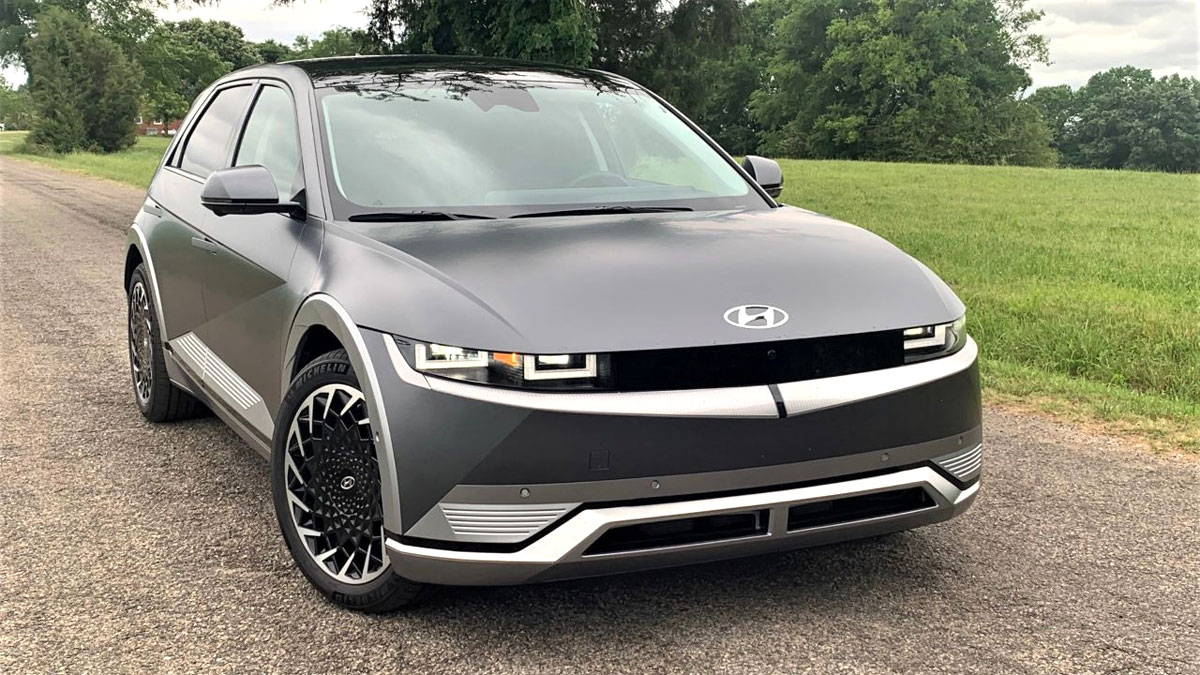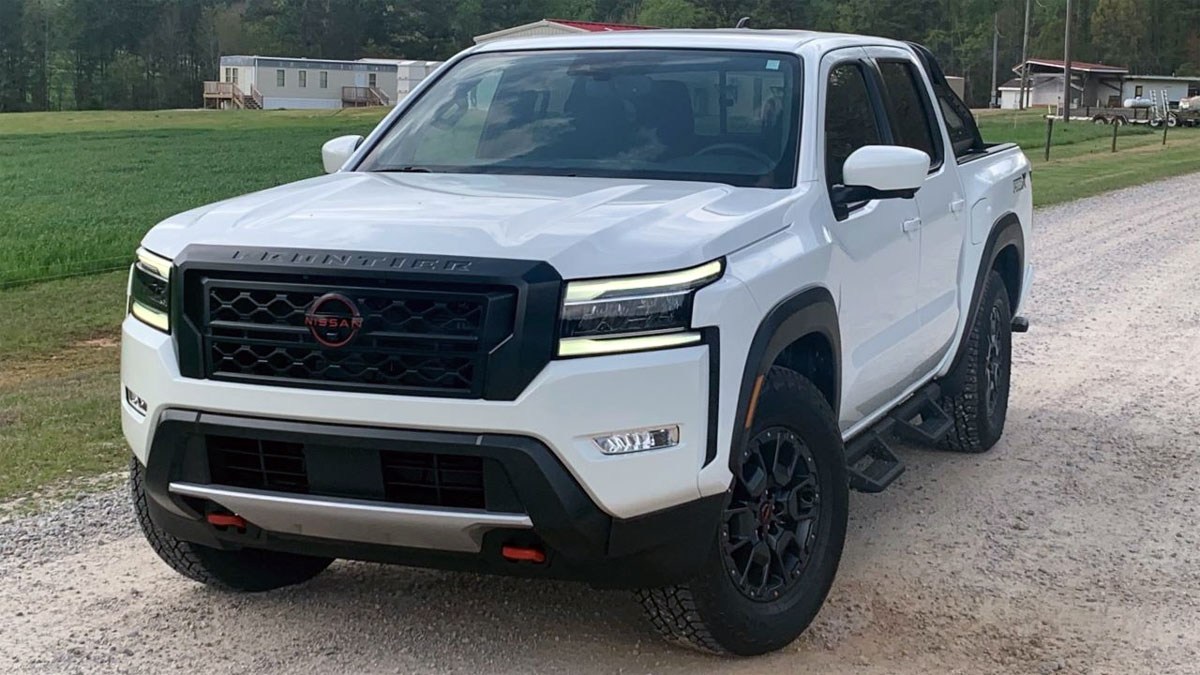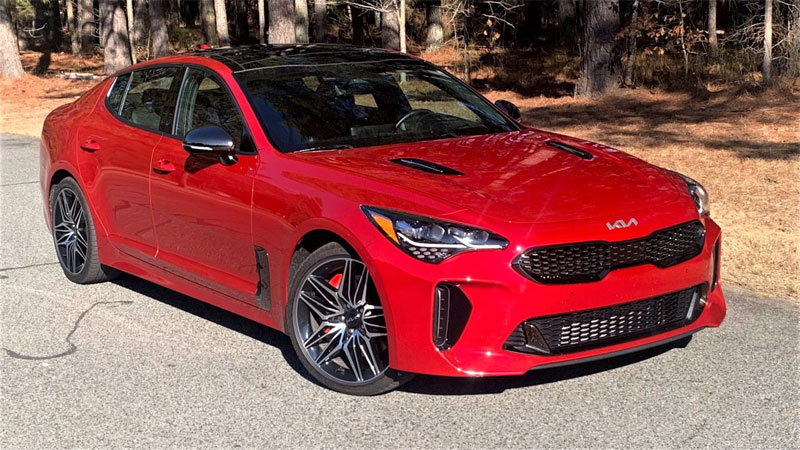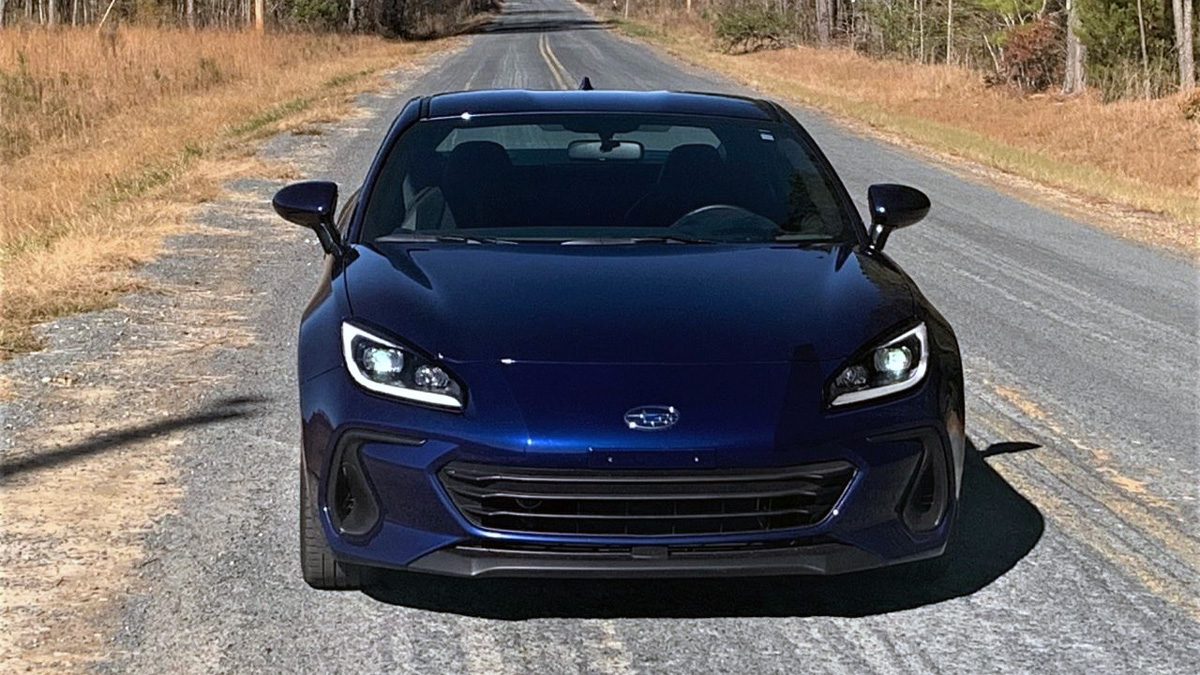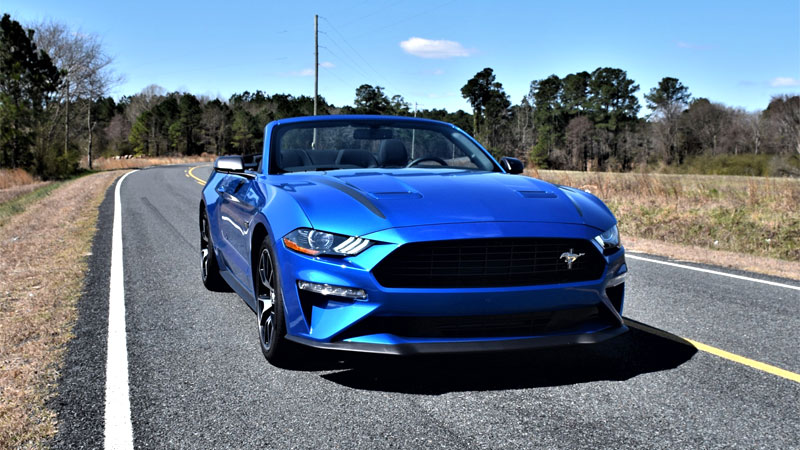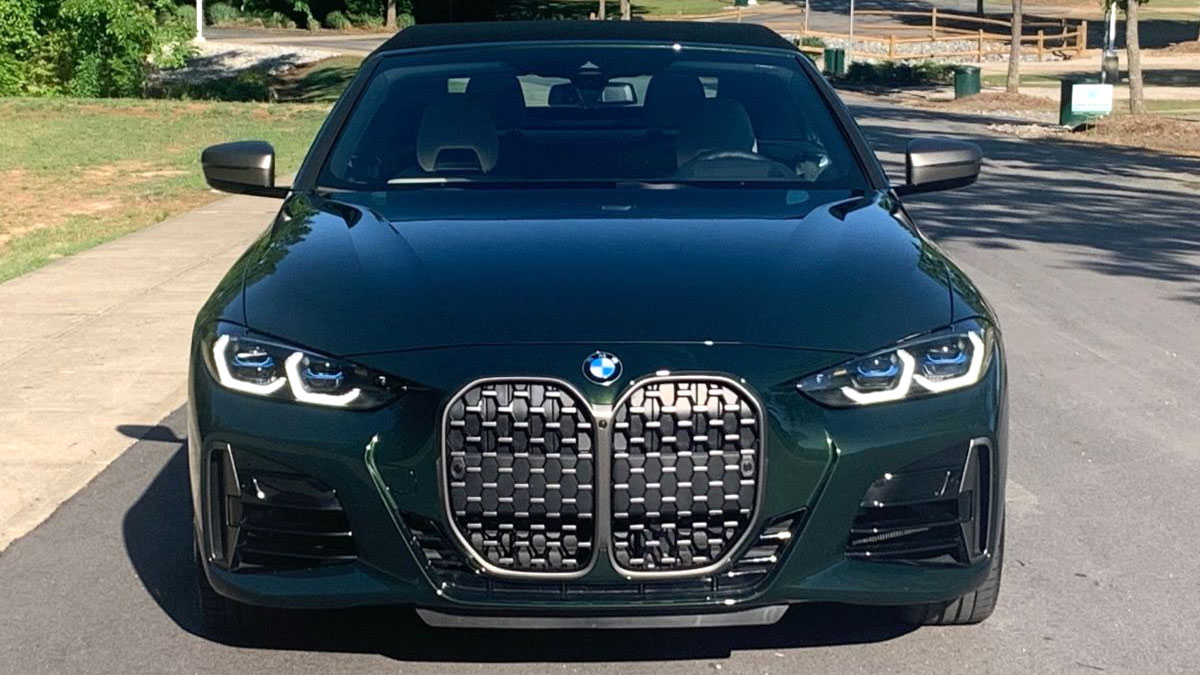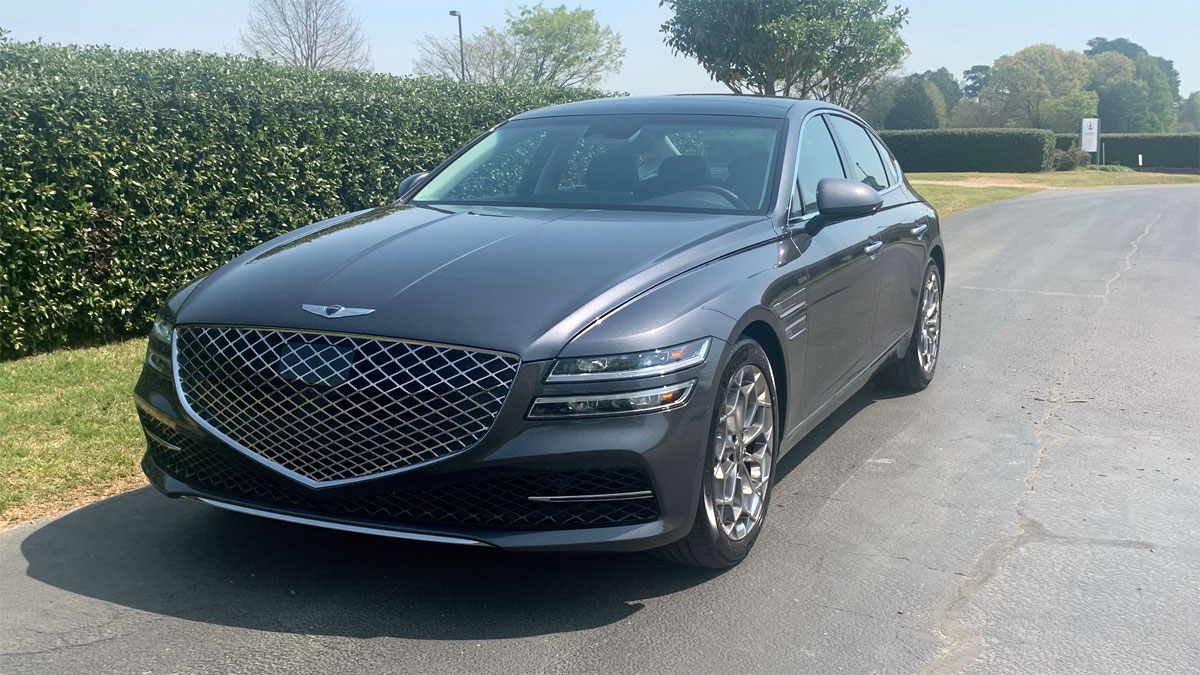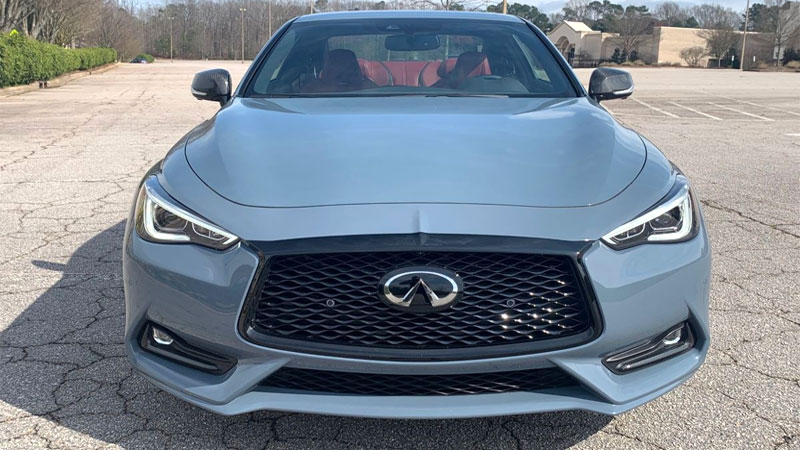2022 Hyundai Ioniq 5: A Retro-Futuristic EV That’s Ahead of Its Time
If you are considering the Hyundai Ioniq 5 electric vehicle, you are in company with an untold number of Americans who are in shock over gas prices. For some individuals, an EV was far from a priority until now. But with fill-ups costing $75, $90, to well over $100, pain … Read more

